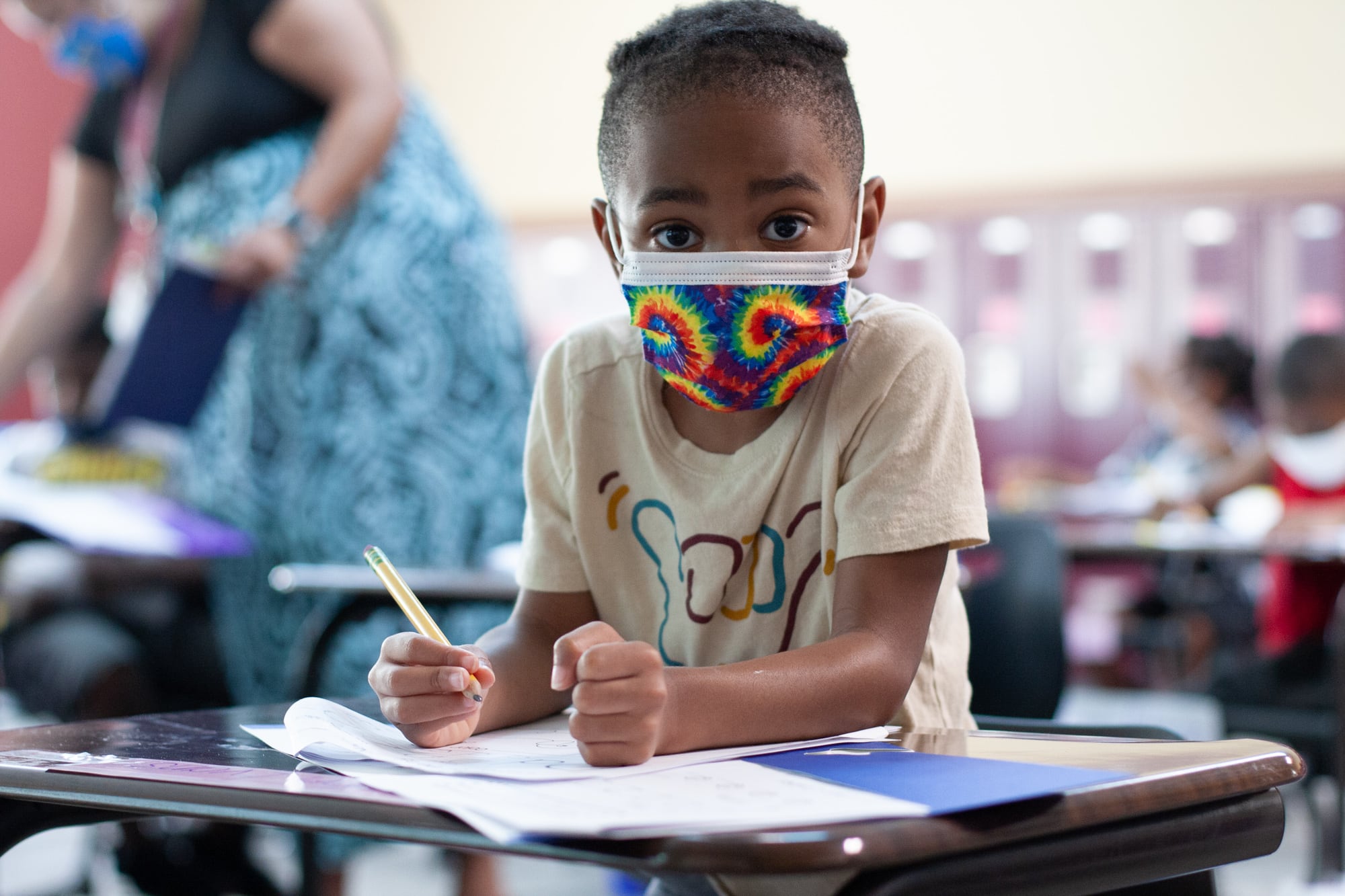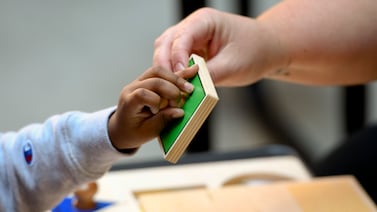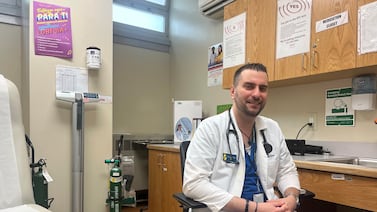Nearly a month into the school year, COVID cases in Indiana schools are rapidly rising, sending more students and staff into quarantine.
The Indiana Department of Health recommends that those in close contact with a COVID case quarantine for seven to 14 days.
How are schools managing those quarantines, and how are students and families handling sudden virtual schooling again? Are procedures and lessons clear? How frequent and disruptive is this regimen for students in isolation and teachers left in classrooms? Do schools have enough replacements for staff suddenly recuperating from COVID or staying home as a precaution?
Chalkbeat Indiana would like to hear directly from students, teachers, other staff, and parents about their quarantine experiences.
Please let us know your thoughts on the form below or go here if you are on a mobile device. Also, send other comments or questions to community@chalkbeat.org






